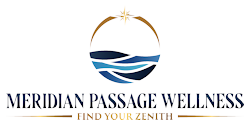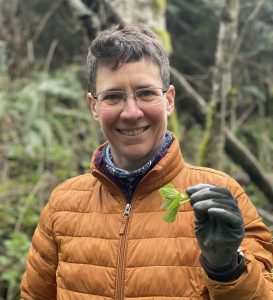
Traditional Oriental Medicine
Traditional Oriental Medicine comprises an exceptionally wide variety of traditions. These include Japanese, Korean, Chinese, Thai, and Tibetan among others. They are unique systems of diagnosis and treatment that are part science, part art. They have also withstood the test of time, many being thousands of years old. I practice Traditional Chinese style. Its most basic concept is that when the flow of Qi (pronounced “chee”), our vital force, is disrupted or blocked, it results in illness and pain. Acupuncture treats just about any illness. If you think about it, before there was “modern medicine”, there was traditional medicine. It has lasted because it’s effective. Acupuncture treats digestive health, headaches, muscle aches, injuries, women’s health concerns, endocrine health, chronic stress, post-traumatic stress, anxiety, depression, fatigue, and joint pain just to name a few.
Acupuncture
Traditional Chinese Medicine (TCM) uses acupuncture as one of its primary modalities. This involves the insertion of thin filaments (needles) into specific points on the body to stimulate and balance the flow of Qi. Qi moves along energy pathways called meridians. Meridians are highways which connect the different organ systems. By inserting needles at specific points on these meridian, acupuncturists aim to restore the balance and smooth flow of Qi. This promotes the body’s innate healing abilities.
Other Modalities
Acupuncture, while important, is only one component of Oriental Medicine. It also includes treatments like Tui Na (massage), herbal medicine, cupping, moxibustion, and dietary therapy. Herbal medicine involves the use of specific, individualized herbs and formulas. These formulas address imbalances and promote health similar to the way needles repair the flow of Qi. Cupping is a technique where cups are applied to the skin to create a vacuum. Cupping, like Tui Na, helps improve blood and lymph circulation while relieving pain. Moxibustion involves the burning of dried mugwort near acupuncture points to warm and stimulate them. Dietary therapy focuses on using food as a means to restore balance and support overall health.
A Holistic Perspective
Similar to Naturopathic medicine, practitioners of Acupuncture and Traditional Oriental Medicine approach health and illness from a holistic perspective. They take into consideration not only the physical symptoms but also the emotional, mental, and spiritual aspects of an individual. Treatment is tailored to each person’s unique constitution. It aims to address the underlying causes of disharmony rather than merely treating the symptoms.
Finding other options
If the Western approach to medicine hasn’t been working for you, consider seeking out a qualified, licensed Oriental practitioner. They can look at your case from a completely different perspective. A different lens and a different paradigm might be exactly what it takes to relieve your pain. If you’ve tried everything else and it hasn’t worked, it might be time to give Acupuncture and Traditional Oriental Medicine a try.




